
OZE Rods streamlined ’40 Ford coupe
Story and Photos by Joe Greeves
The popularity of the ’40 Ford as a hot rod is not surprising considering the pedigree of its design. Its lines were penned by Eugene T. Gregorie, a former yacht designer. He later became head of Ford’s design department and is known for the flowing lines of the ’36 Lincoln-Zephyr, as well as the first Mercury and Lincoln Continental. As a result, Gregorie was ultimately given the accolade of being the “grand old man” of Ford’s car design.
But the ’40 Ford shown here is certainly no old man’s car. It’s an extensively reworked and modernized version, molded in fiberglass by OZE Rods Shop founder Steeven Gagnon in Canada. He later sold the molds to Tim and Lisa Taylor in Ohio, and the tooling has since been purchased by Jimmy and Elisha Davis.
Jimmy is an electrician by trade but started building street rods and LS engines through his firm Grumpy’s Garage and Tuning. Having finished a few OZE rods, he realized there was a good overlap with his shop and worked a deal to acquire OZE from the Taylors. He doesn’t do turnkey cars, however, as he prefers to leave the paint and interior for customers to finish.
One of the things that makes the OZE ’40 Ford unique is the dramatic modifications Gagnon worked into the original molds. These include a “wedge chopped” roof, with the front made lower than the rear to create a raked look. Also, the body has been sectioned, with a couple inches removed below the belt line from nose to tail, giving the car a wider stance. The body now overlaps the frame and is more rounded on the sides, creating extra room in the cockpit. Note the flatter hood as well, with a shaved peak at the nose. As for the rear, it has a flat back. All told, the body has a much sleeker, more aerodynamic form, and the shape is available as a cabriolet, roadster, sedan delivery, three-window coupe and five-window coupe.
The finished ’40 Ford you see here was built by Ricky Boothe of Lynchburg, Virginia. When you look at the level of professionalism in the build, it’s hard to believe that he has a full-time job running a construction company, which he has done for the last 30 years. Building cool custom cars is actually a side project he does in his home garage after hours. He spent about 14 months on the Ford and paid special attention to the fit and finish of the OZE body, creating nicely matched cut lines.
Ricky also spent a lot of time fabricating various trim pieces, such as the spear on the belt line and the custom dash panel. It’s made of diamond embossed aluminum, sourced from McMasterCarr (an industrial supply for all sorts of raw materials). After cutting and fitting the flat sheet, he fabricated an edge molding out of 6061 aluminum bar stock.
The car also features a polished aluminum grille, suicide doors, and custom headlights and LED taillights that ensure modern nighttime illumination. It’s finished in a spectacular PPG single-stage gloss black.
After enjoying the car for a few years and earning a slew of trophies, Ricky sold it, and the Ford later went to Skip Groeneveld from New Smyrna Beach, Florida. Skip is a retired engineer and lifelong automotive enthusiast, and he remembers the role cool cars played in his family while he was growing up. He especially recalls the impression that a 1955 Thunderbird made when he was a kid. Shortly after pointing out the car to his uncle, he bought it and took Skip on his first ride, establishing a permanent automotive connection between the two.
Over the years, Skip has owned half a dozen cool customs, some built and some bought. This beautifully revised 1940 Ford is Skip’s latest, and he bought it already complete — although the purchase happened almost by accident. While attending the Mecum Auction in Kissimmee, Florida, looking for a Cadillac for his wife, he spotted this car and was immediately intrigued. No surprise there.
“It was the nicest looking ’40 I had ever seen.” Closer examination revealed it was a high-level, professional build, and he was able to discuss the car with the owner prior to the sale. When it crossed the block, he was happy to find he was the winning bidder. The previous owner put him in touch with Ricky, who provided even more details about the car.
More than just another pretty face, the custombuilt, box-tube chassis benefits from a number of modern upgrades. It’s not only stronger than the original-style frame, but also has a Heidts Hot Rod and Muscle Cars independent front suspension with power steering, a Ridetech four-link that holds a Ford 9-inch rear end with 3.25 gears and QA1 coilovers on all four corners. Wilwood fourwheel power disc brakes bring the car to a crisp stop, and it rolls on Billet Specialties 17-inch and 18-inch Dagger wheels and Kumho rubber.
To ensure it keeps up with modern traffic, the 350 ci V8 runs a Holley four-barrel carburetor on an Edelbrock intake topped by a custom Caddy air cleaner. The Flowmaster dual exhaust creates an appropriate performance rumble and power is multiplied by a Turbo 350 transmission. It was a tight squeeze, but everything fits in the beautifully detailed engine compartment.
The suicide doors open wide to reveal the same level of craftsmanship in the bright red interior. Seating is a pair of plush Camaro buckets, and the new center console holds the Lokar shifter along with controls for the perfect mix of creature comforts. The all-important air conditioning from Vintage Air is mandatory for the warm Florida climate, and the Pioneer stereo features speakers in the doors and rear package tray, with subwoofers underneath the rear seat.
A Flaming River adjustable column holds a banjo-style wheel, and Classic Instruments are worked into the clean, full-width dash to keep the driver informed. Power windows help showcase the classic roofline as well, and the trunk was upholstered in matching red leather and carpet.
What does Skip think of his custom-built ride? “I can’t think of a single change I’d make. I’m happy just the way it is.” And somewhere, that “grand old man” of Ford car design is nodding in approval.

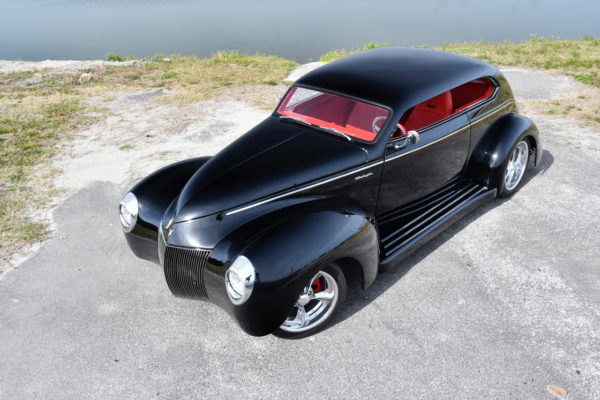
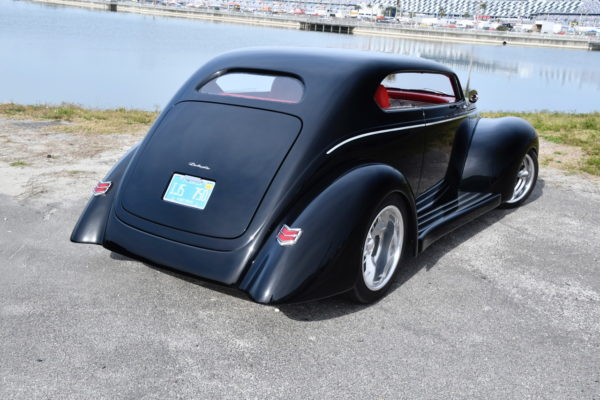
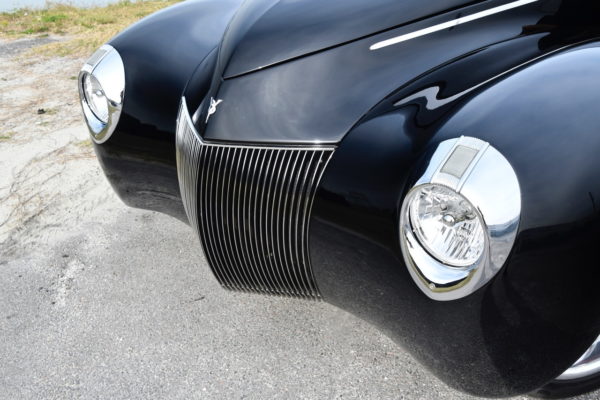
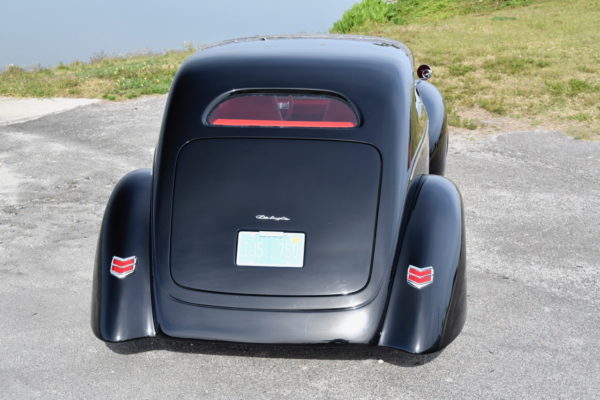
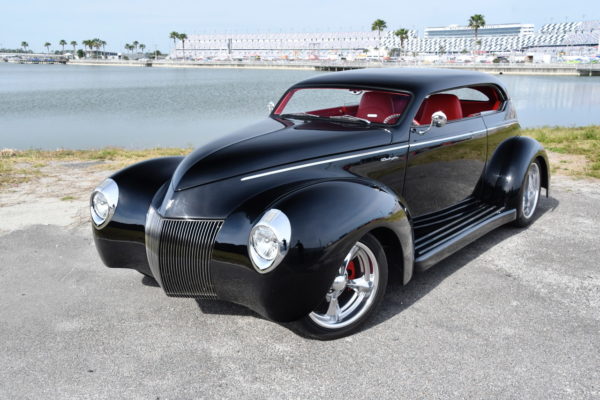
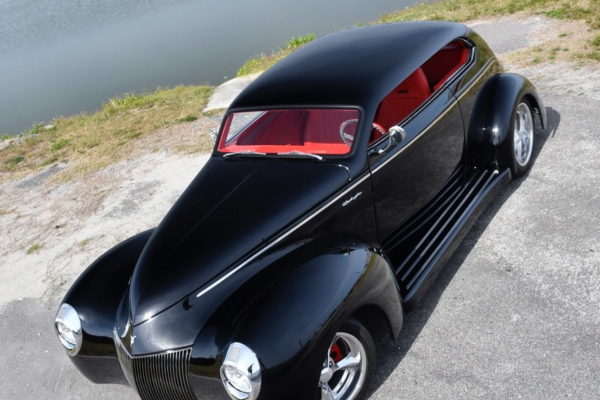
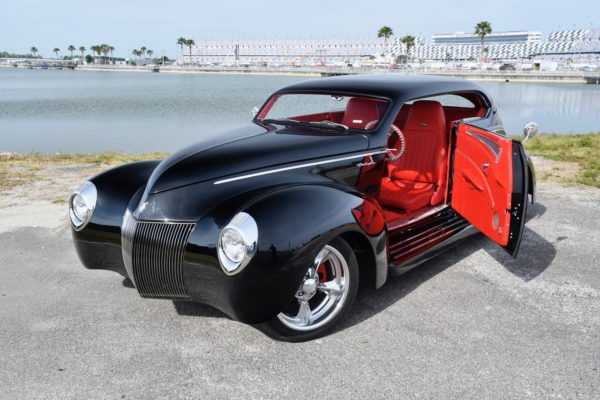
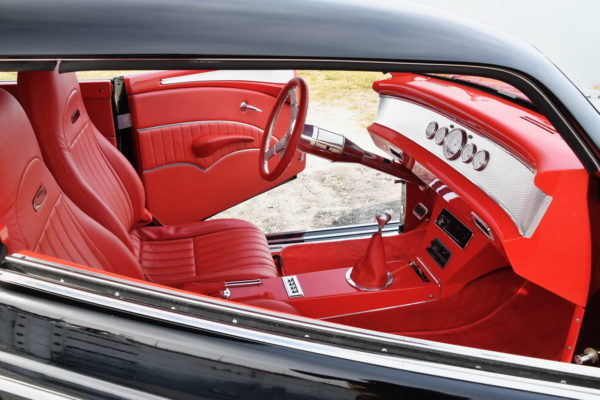
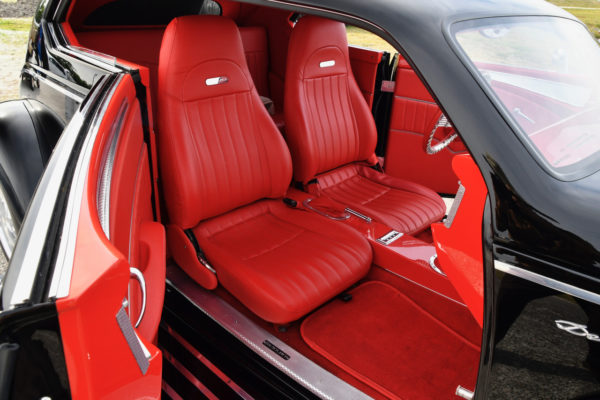
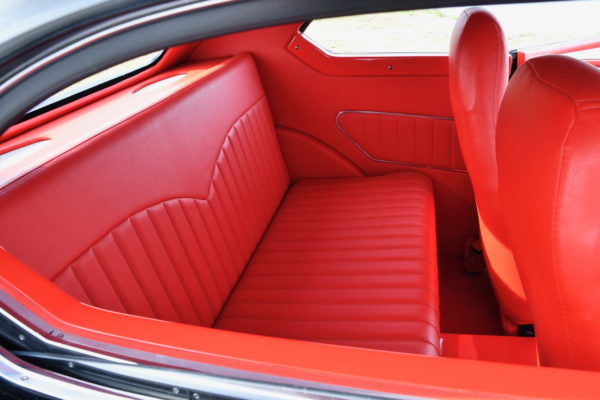
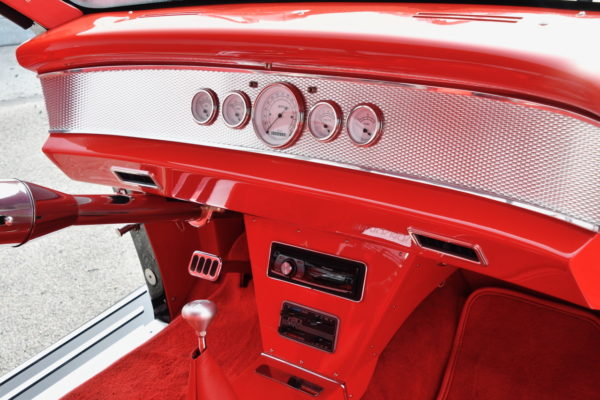
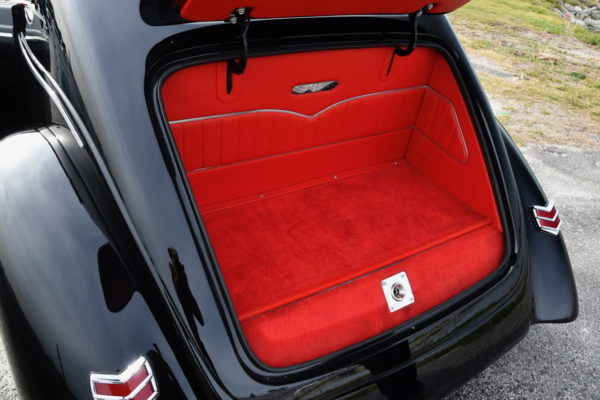
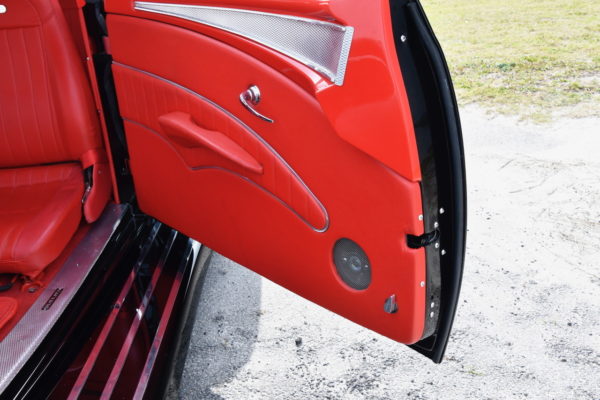
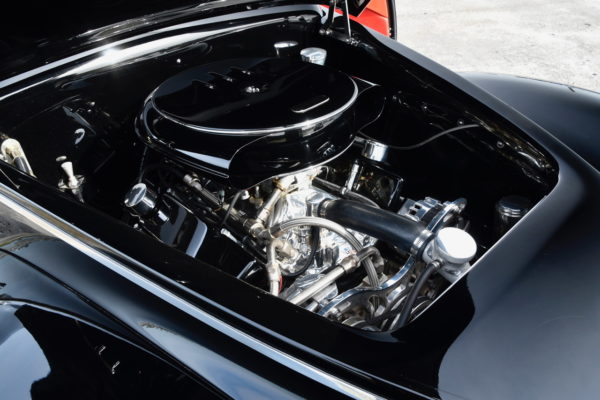
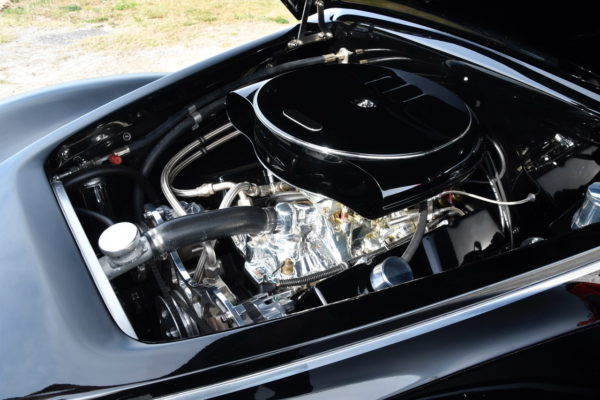
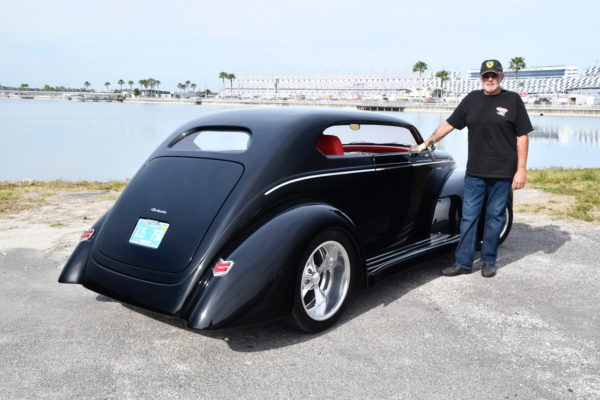
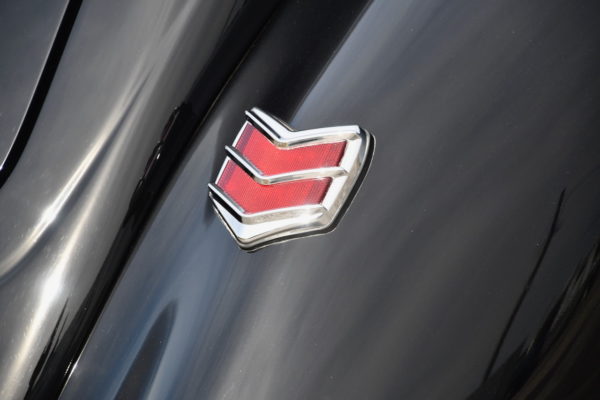
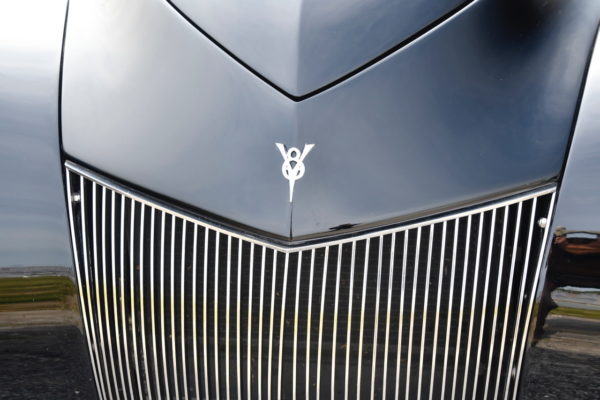
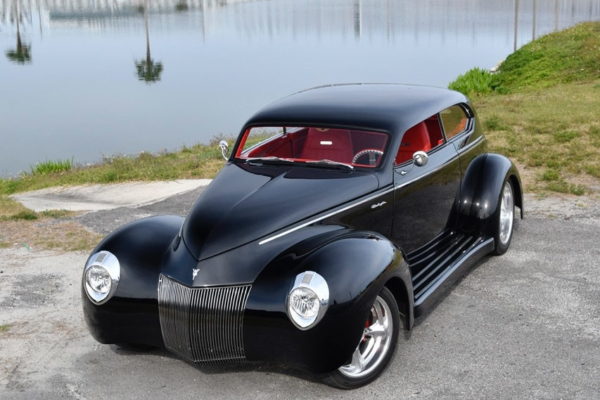
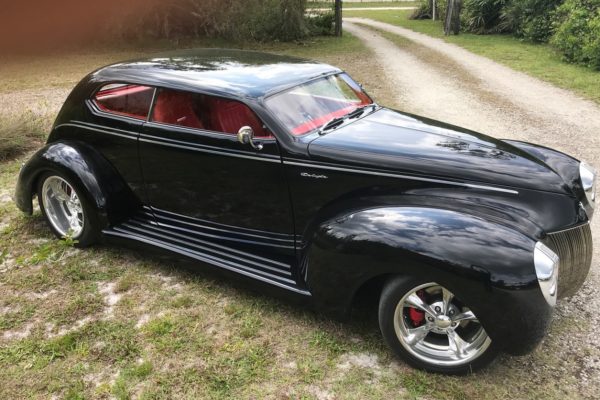
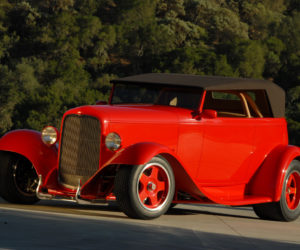
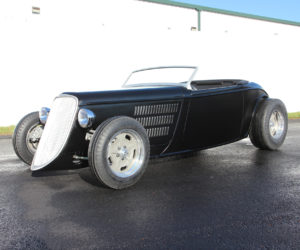
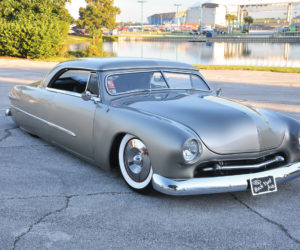
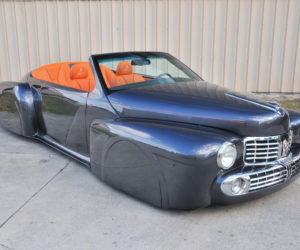
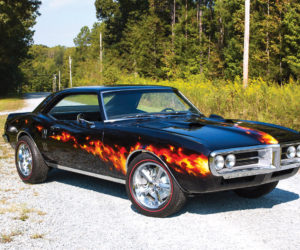
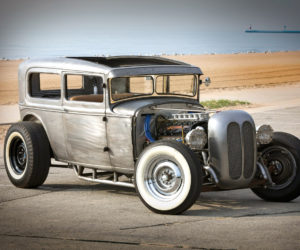




Comments for: Body Shaper
comments powered by Disqus